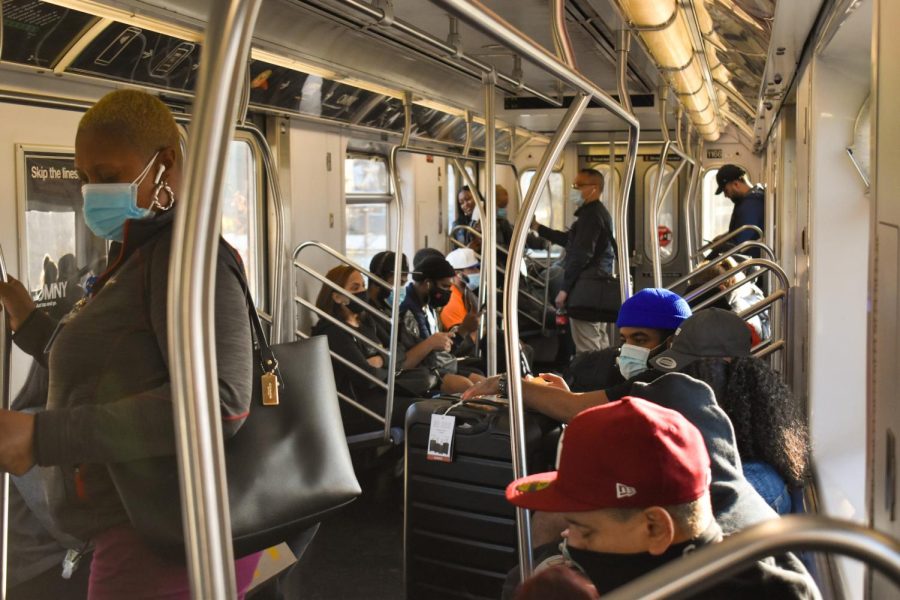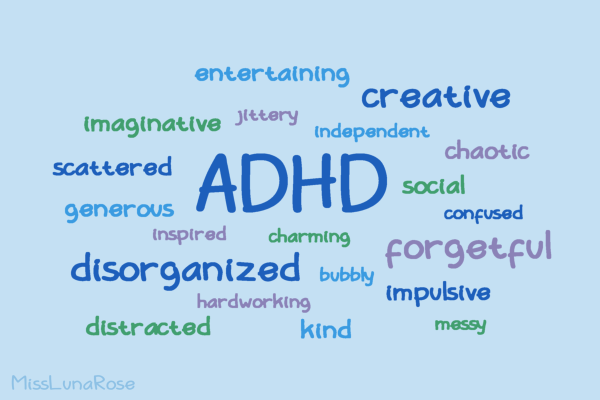Pandemic America: A Year in Review
“A lot can change in a year.”
Everyone’s heard something to this effect at least once before. Whoever first expressed this sentiment was certainly not wrong. 2020 was a year of devastation. In many ways, 2021 was a year of rebuilding and remedying the impacts of the one prior.
The first year of the pandemic was unlike anything we’d experienced before. Witnessing mass amounts of death changed the lives of healthcare workers forever. Many talk about experiencing “nightmares” after seeing more deaths since March 2020 than they had in their entire careers; the stress of overcrowded hospitals and long hours only made it more difficult for them. Countless people lost loved ones. Plenty of people who survived COVID-19 are now struggling with long-term health issues from the disease. Businesses shut down, many of them permanently. Students lost out on milestones like graduations and proms.
But in the first half of 2021 vaccines became widely available. This meant that contracting the virus was no longer a death sentence for a large part of the population. This meant that we could start to go about everyday life safely again: going to restaurants, attending concerts and embarking on vacations. This meant that the economy could recover. The vaccine allowed people to return to their jobs without the fear of becoming ill or dying. More people were also able to shop and spend money; due to the vaccine, the United States saw economic savings of $438 billion in terms of 2021 real GDP gain.
After a tumultuous year of political and social unrest, 2021 restored some balance. After the murder of George Floyd in May 2020, protests erupted in hundreds of cities across the country and lasted for months. 13 months later, Floyd’s killer was not only convicted but received “one of the longest sentences a former police officer has ever received for an unlawful use of deadly force.” People cried tears of joy in the streets of Minneapolis at this moment, described as one of “true accountability.”
Last year marked the end of Donald Trump’s divisive time in office. The year began on a rough note within the first week, when his supporters stormed the Capitol on Jan. 6, leading to the deaths of five people. But this incredibly dark moment for our country didn’t just pass by–within a matter of days, Trump was removed from multiple social media platforms to mitigate the threat of potentially inciting more violence. Two weeks after the Capitol attack, Joe Biden took the oath of office to become the 46th president of the United States. During his inaugural address, he promised to unify the country. Biden’s performance has been debatable throughout the last year, as shown by his low approval rating, so it appears he still needs to deliver on that front.
With that said, Biden somehow doesn’t seem to be as polarizing as Donald Trump; evident in his unwillingness to use Twitter as a means to post inflammatory statements on a regular basis.
Another major shift within the last year has been people’s approach to work. The pandemic has caused millions of employees to rethink their life choices; they want to be paid better, have more flexibility in their work and lead generally happier lives. These realizations have led to a phenomenon known as “The Great Resignation.” An average of 3.9 million workers voluntarily quit their jobs each month through to November 2021. This is a contributing factor to the labor shortage issue we’re currently facing. It now seems that businesses will have to change their practices, not just to attract new people to fill spots but also to retain their current workers. Companies need to start compensating employees better and adapting to their other demands.
Remote work, for example, is a significant benefit that people desire. Working from home has been found to have “had a positive impact on overall employee experience” and even improved productivity levels. When possible, businesses should be offering remote work as an option, at the very least to keep workers happy. As a result of the pandemic, flexibility and free time are paramount to many, and this feeling likely isn’t going anywhere.
A lot can change in a year; that is an understatement for what we’ve experienced since the pandemic started. It’s been a total upheaval to our health, day-to-day lives, our country on a political, social, economic and cultural level. If 2021 was the year of rebuilding, hopefully 2022 is the year we can enjoy the fruits of that labor.
Daniella Terilli, GSB ’24, is a marketing major from Westchester, N.Y.

Daniella Terilli is a junior from New York majoring in marketing. She joined the Ram as an opinion writer in September 2021. Outside of school she loves...













































































































































































































